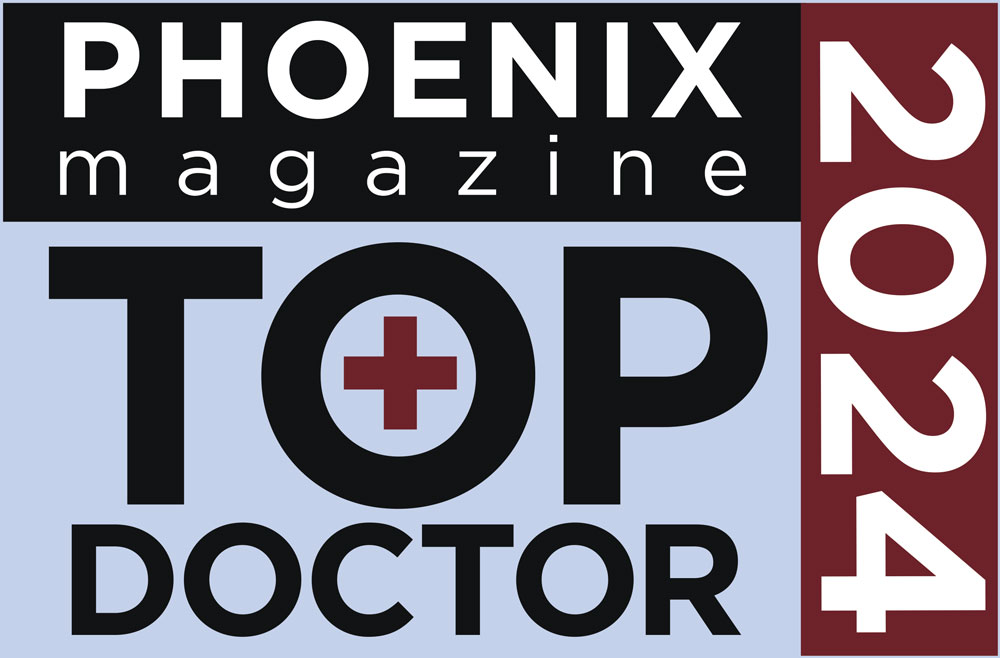Got Questions?
We are here to help.
All you need is love and sometimes a little help. Send us a message through our contact form below, or give us a call!

Contact & Hours
Monday
7:00 AM - 5:00 PM
Tuesday
7:00 AM - 5:00 PM
Wednesday
7:00 AM - 5:00 PM
Thursday
7:00 AM - 5:00 PM
Friday
7:00 AM - 5:00 PM
Saturday
9:00 AM - 11:00 AM
Sunday
By appointment Only
Scroll to Top